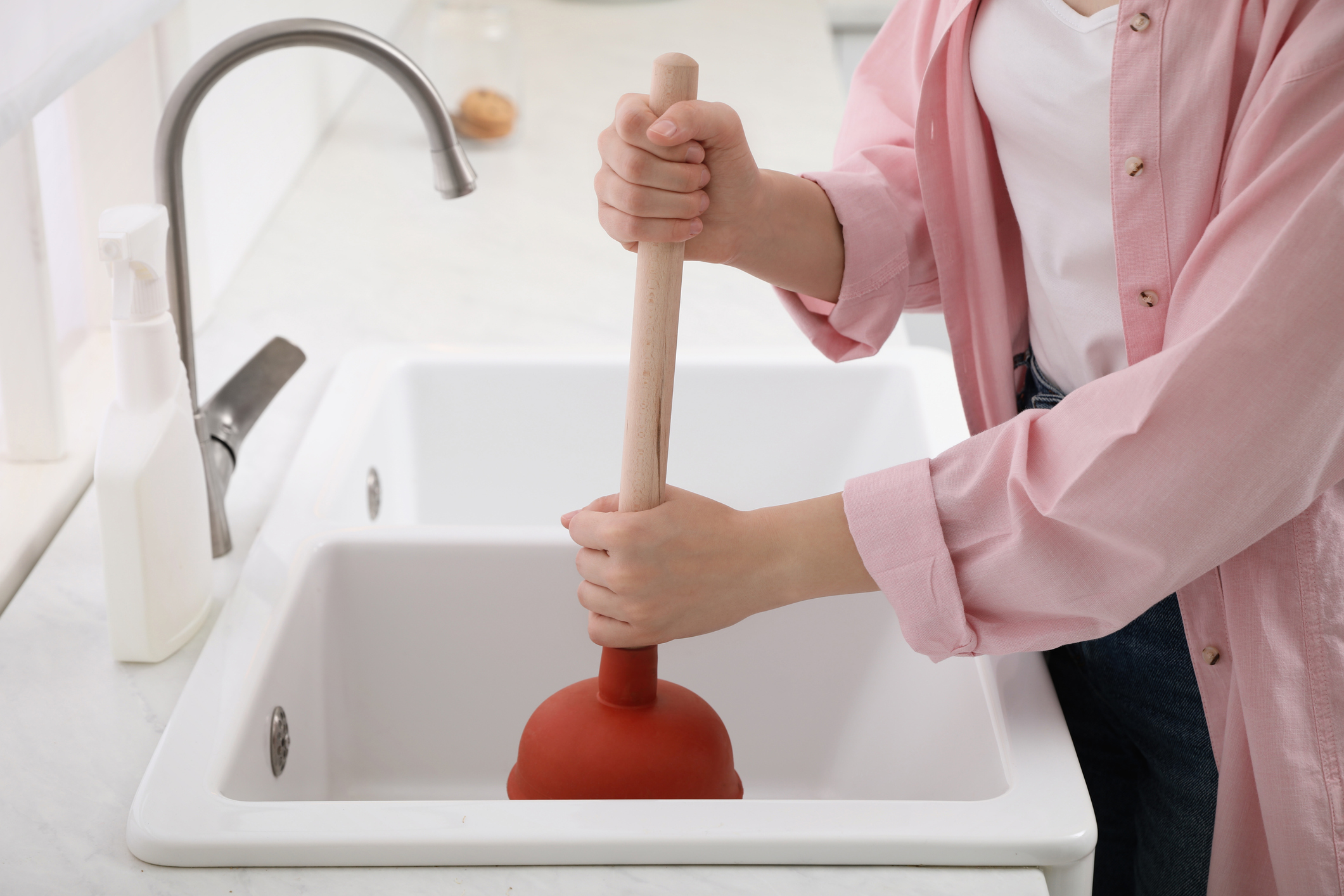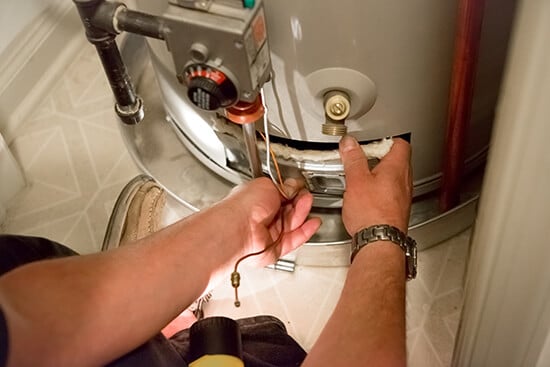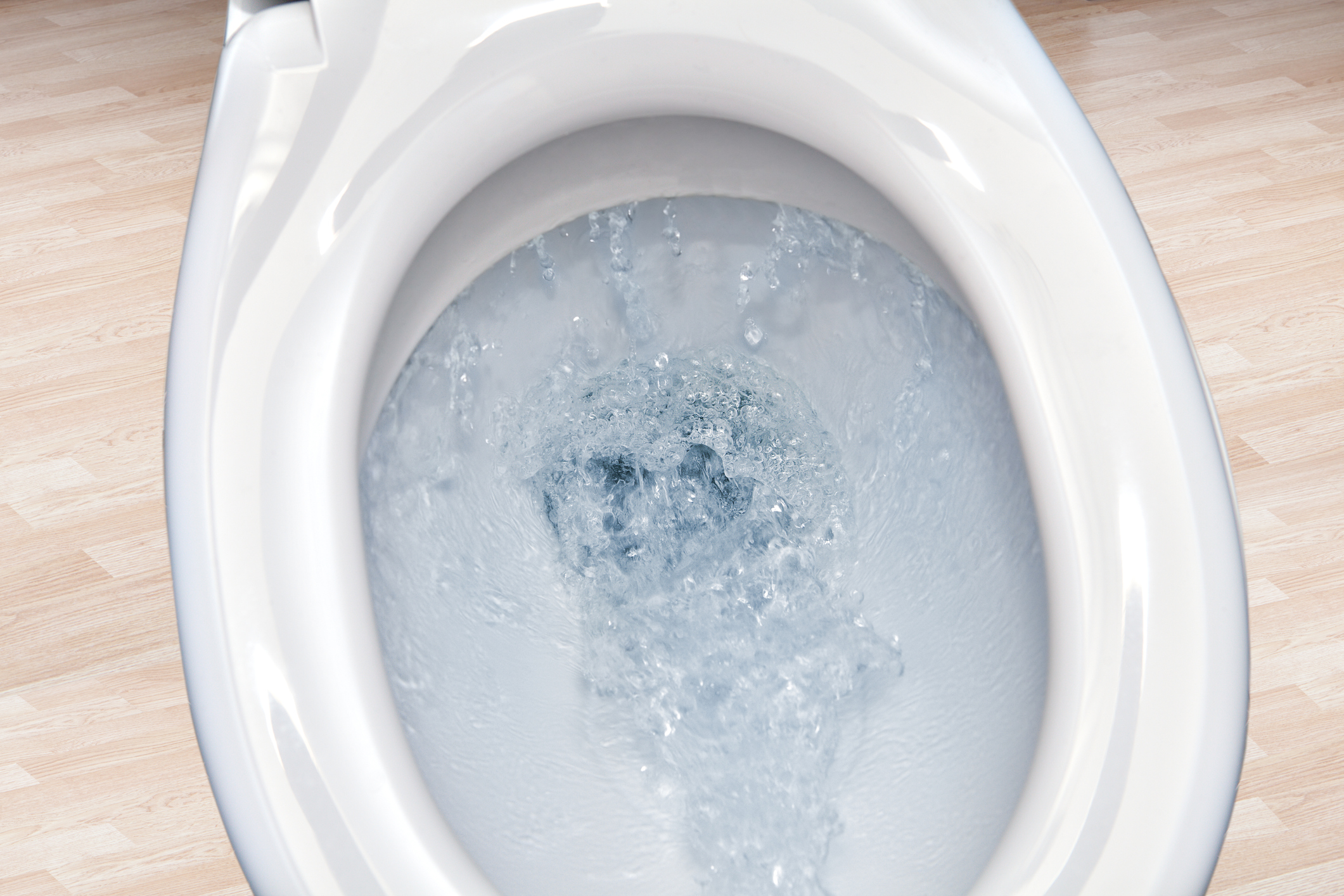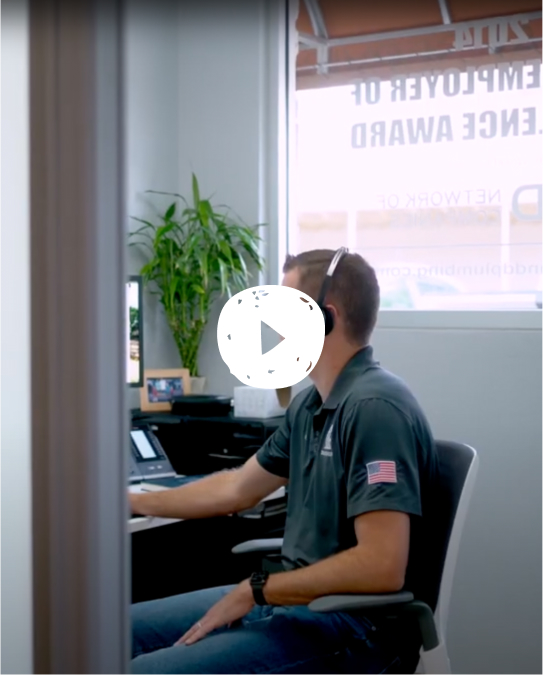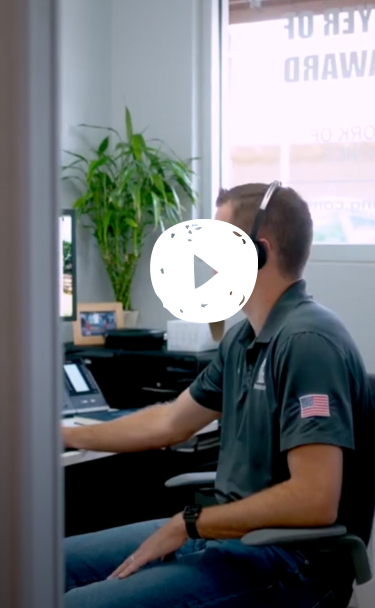How To Flush Out Your Water Heater
The water heater in your home is an appliance you don’t think usually think about until you take an unexpectedly cold shower. You prevent this from happening and extend the life of the water heater by flushing it on a regular basis to remove mineral deposits that accumulate in the tank. Here’s how:
Prepare for the Flush
Before flushing your water heater, be sure that it is turned off. This process varies based on the type of hot water heater. Those with gas water heaters will need to turn off the flow of gas to the water heater and turn off the thermostat on the water heater. Electric water heaters need to be turned off, either with a mechanism on the water heater or by using the electric breaker box.
Once power is no longer flowing to the water heater, the next step is to stop water from flowing into the tank. This is accomplished by turning off the water valve which controls the flow of cold water into the hot water heater.
Maximize Water Flow
To prevent a vacuum in your water line, you should leave the hot water running on one or more of your inside faucets for the duration of the flush. An additional step you can take is to put a bucket under the pressure relief valve on your hot water heater and open the valve. This will release steaming hot water from the tank and increase the flow rate of water out of the tank.
Drain and Flush
Connect a hose to the drainage valve on your water heater and run the hose to the outside or into a bucket. Let the water flow until the tank is emptied. Once the tank is empty, turn the cold water back on until the water coming out runs clear and is sediment-free.
Reconnect
Close the drainage valve and the pressure relief valve and remove the hose pipe from the tank. Turn off the inside faucet and let the cold water continue flowing into the tank until the hot water heater is full. Release any trapped air by opening and closing the pressure relief valve. Turn on the hot water on the inside faucet again, which should be cold at this point, and then turn it off. Turn the water heater back on. Reconnect the gas flow and reignite the pilot light if necessary.
Bottom line: See what we mean? Fairly simple, right? However, if you happen to run into any complications, don’t hesitate to contact us.


Contact Us Today

 Family-owned & operated is how we roll, Mascots included!
Family-owned & operated is how we roll, Mascots included!
Trust our experts to provide the cost-effective plumbing solutions you need — always backed by a 100% customer satisfaction guarantee!

